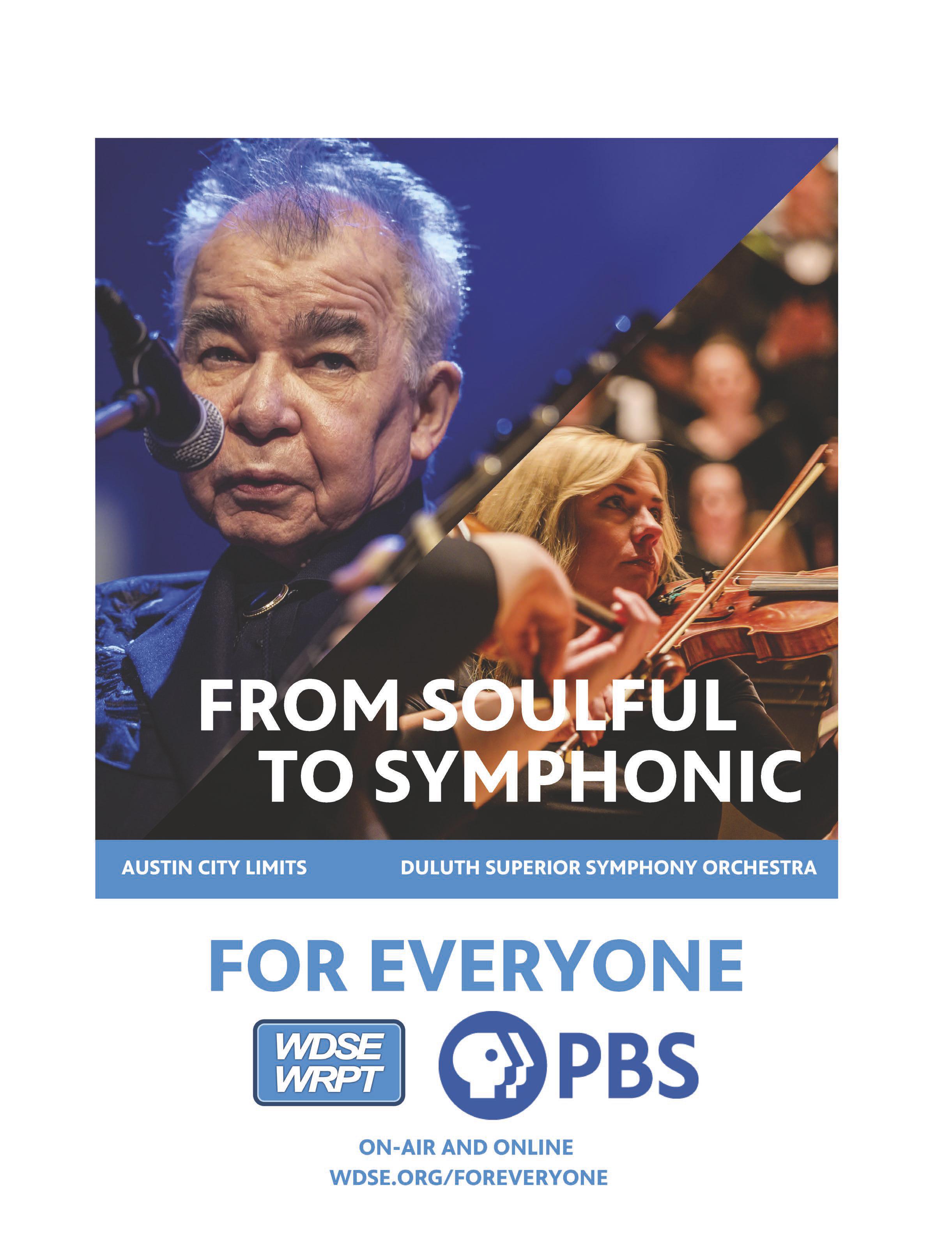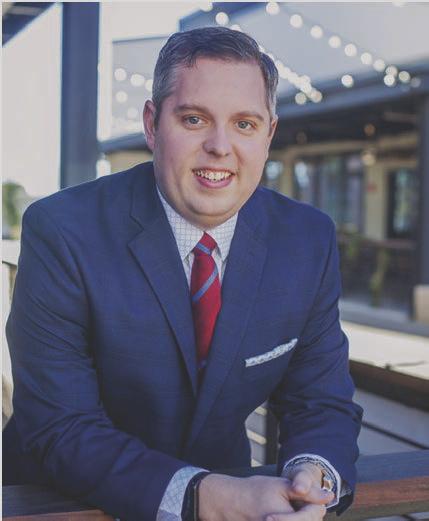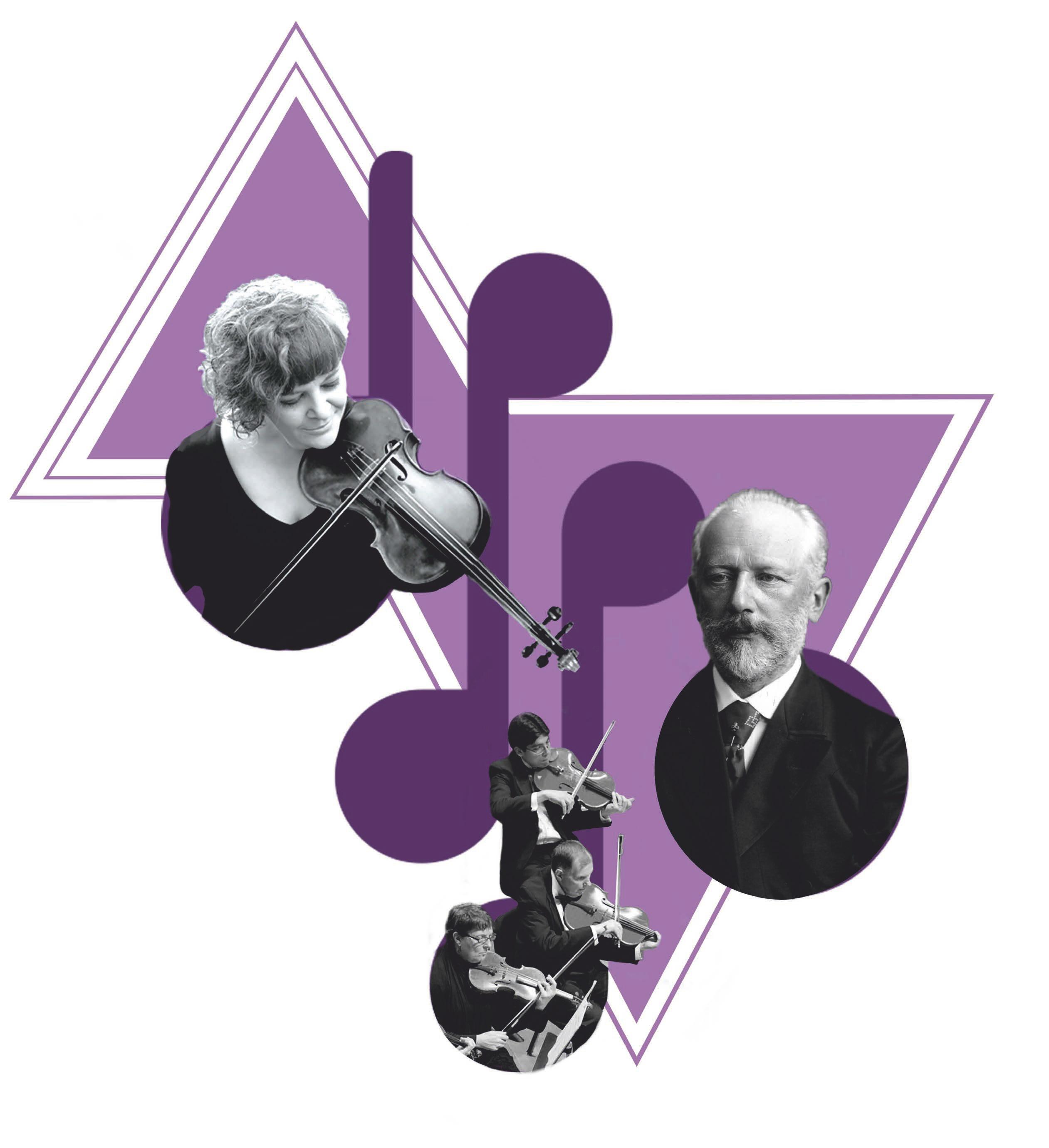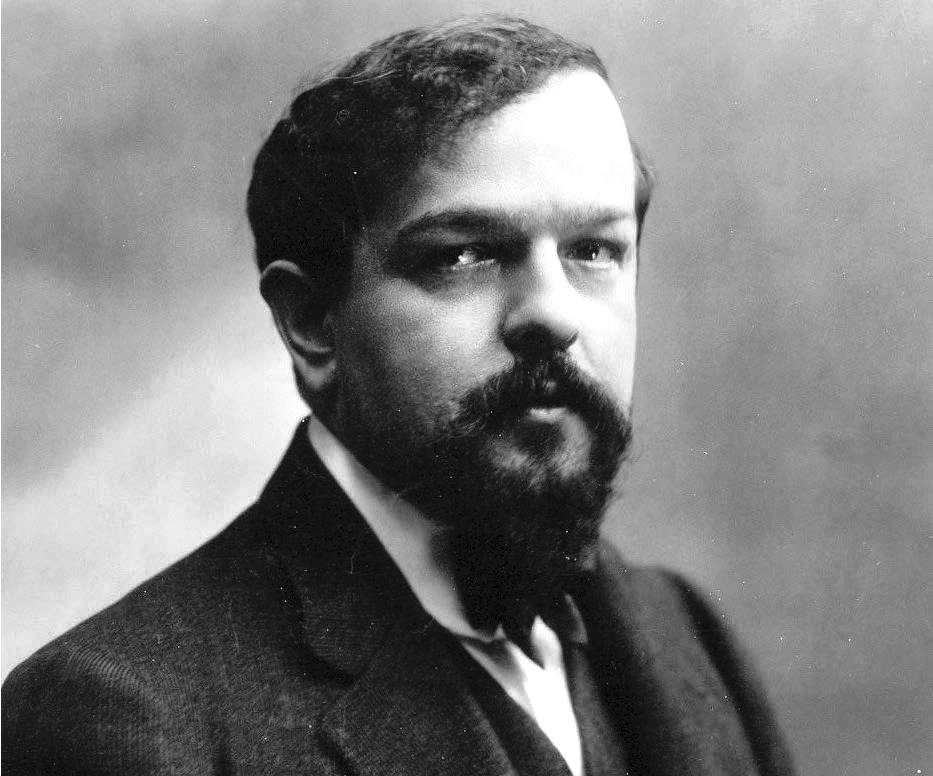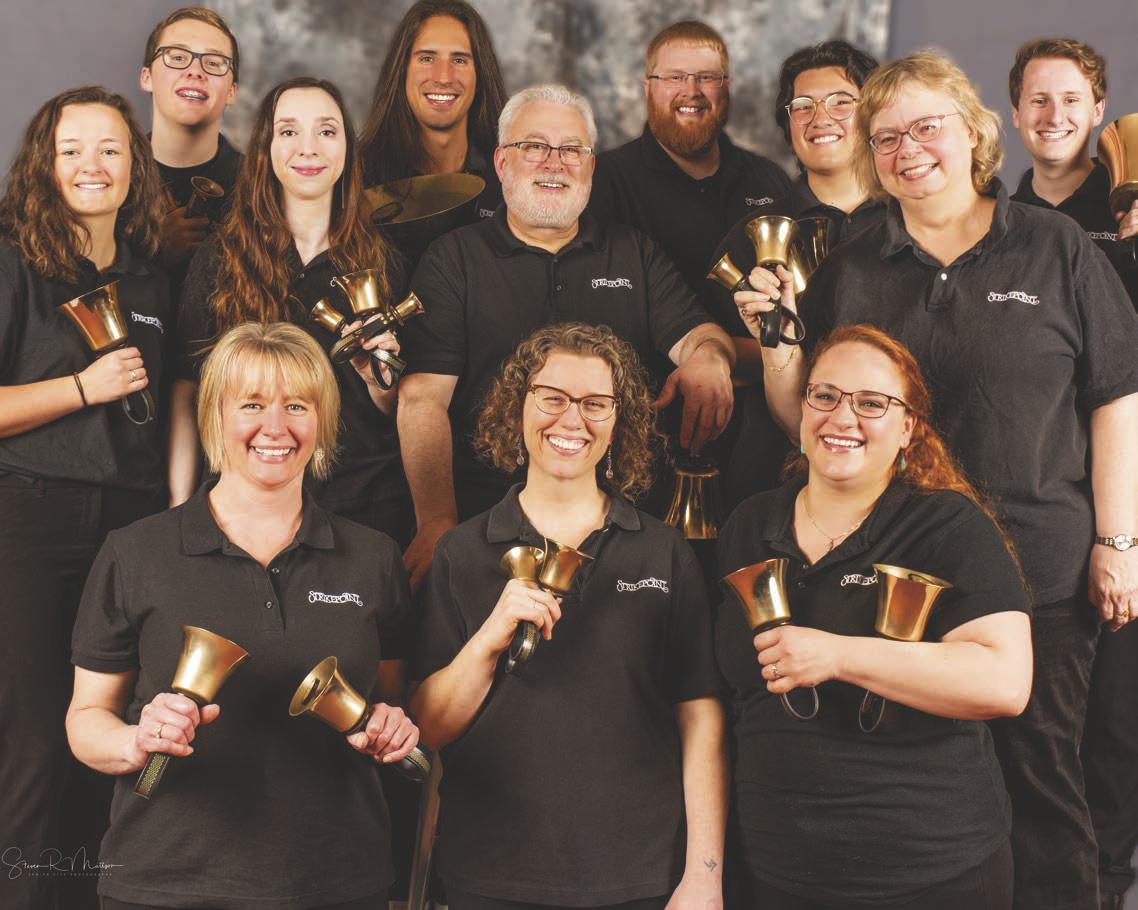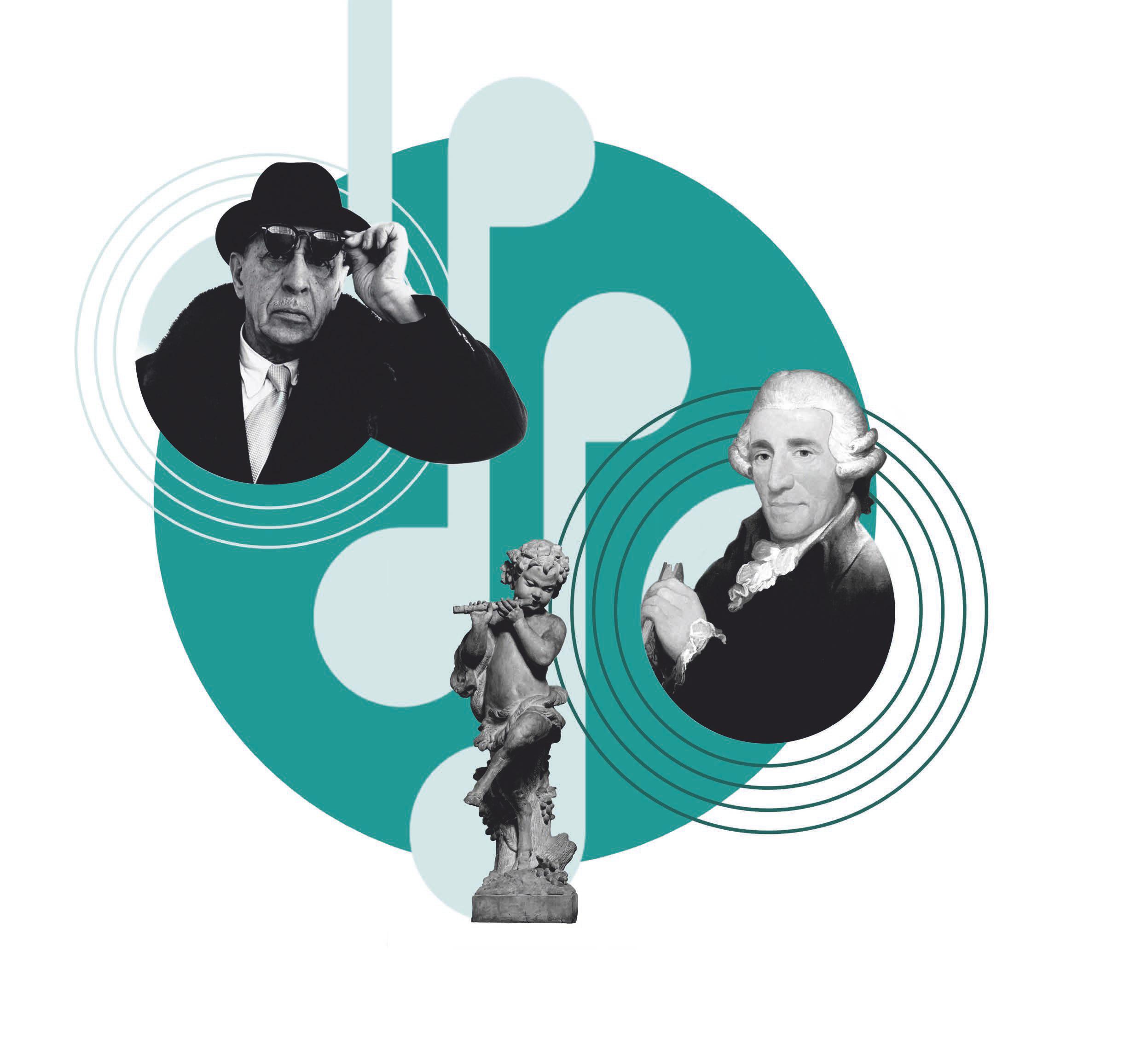
10 minute read
Masterworks 1 Program Notes
STRUM JESSIE MONTGOMERY:
Born: 1981, in New York City, New York Work Composed: 2006; Revised in 2012 World Premiere: Hill Auditorium, Ann Arbor, Michigan Performance History: This performance of Strum is the first work by Ms. Montgomery to be played by the Duluth Superior Symphony Orchestra. Instrumentation: String Orchestra.
Jessie Montgomery was raised in the Lower East Side of Manhattan by musical parents. She began violin studies at the Third Street Music School Settlement and continued on to receive a bachelor’s degree in violin performance from the Juilliard School. In 2012 she completed a master’s degree in Composition for Film and Multimedia at New York University. Montgomery became involved with the Detroit-based Sphinx Organization in 1999. The Sphinx Organization supports young African American and Latinx string players. She received multiple Sphinx awards and grants as a young performer and composer and now serves as composer-in-residence for the Sphinx Virtuosi, the organization’s professional touring ensemble.
Strum was commissioned by Community MusicWorks, an organization in Providence, Rhode Island whose mission is “to create cohesive urban community through music education and performance that transforms the lives of children, families, and musicians.” The revision was commissioned by the Sphinx Organization. The innocent beginning evokes a quasi folk/rock/bluegrass mood that moves into a Bartók-like asymmetrical development. Montgomery writes of Strum that it “is the culminating result of several versions of a string quartet I wrote in 2006... Originally conceived for the formation of a cello quintet, the voicing is often spread wide over the
ensemble, giving the music an expansive quality of sound. Within Strum I utilized texture motives, layers of rhythmic or harmonic ostinati that string together to form a bed of sound for melodies to weave in and out. The strumming pizzicato serves as a texture motive and the primary driving rhythmic underpinning of the piece. Drawing on American folk idioms and the spirit of dance and movement, the piece has a kind of narrative that begins with fleeting nostalgia and transforms into ecstatic celebration.”
JESSIE MONTGOMERY
THE FOUR SEASONS OF BUENOS AIRES ASTOR PIAZZOLLA:
Born: March 11, 1921 In Mar del Plata, Argentina Died: July 5, 1992 in Buenos Aires Work Composed: 1965-1970; arranged for solo violin with string orchestra by Leonid Desyatnikov, 1999 World Premiere: Complete suite on May 19, 1970, at the Teatro Regina in Buenos Aires, Piazzolla and his quintet Instrumentation: String Orchestra with solo violin.
When Astor Piazzolla was four years old his family moved to Greenwich Village in New York City, which in those days was inhabited by a volatile mixture of gangsters and hard-working immigrants. Because his parents worked long hours, Piazzolla quickly learned that he had to take care of himself on the streets. He was exposed to jazz and classical music and would listen to his father’s records of tango orchestras. In 1929 his father bought his son a bandoneón from a pawn shop.
After a brief visit to Mar del Plata in 1930, the family returned and moved into Little Italy in lower Manhattan. He composed his first tango, La Catinga, in 1932 and the
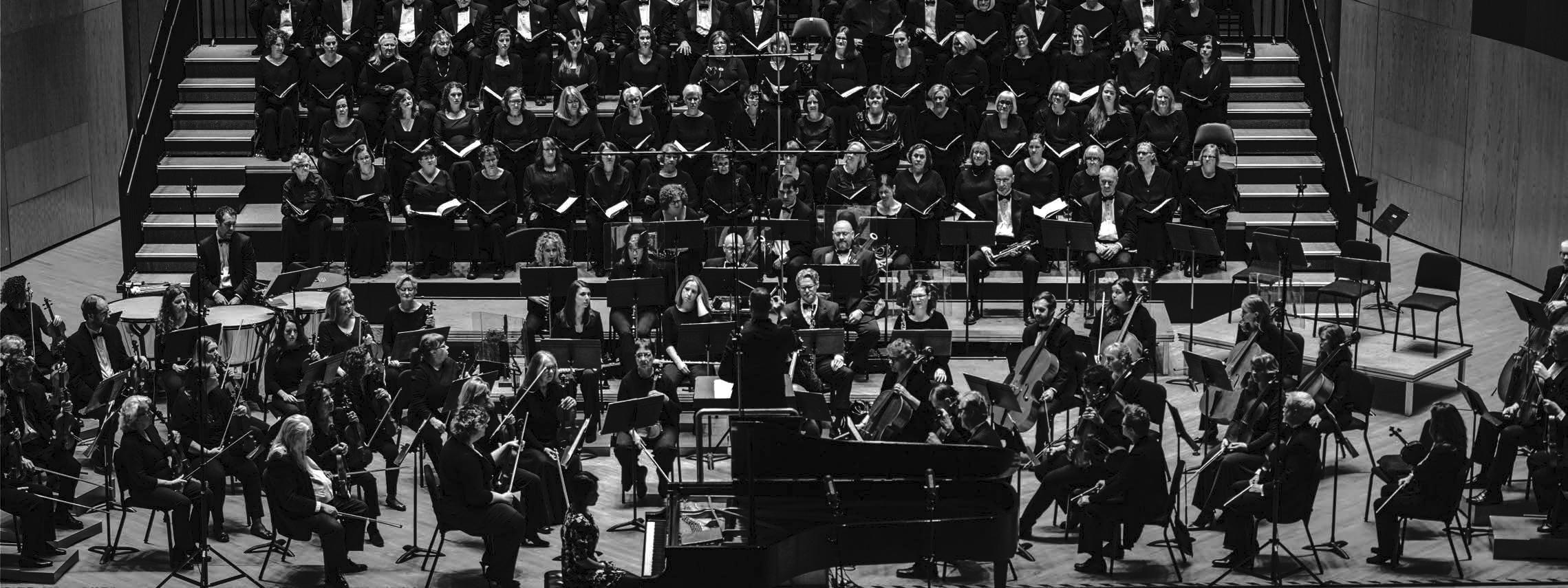
following year he began music lessons with the Hungarian pianist Bela Wilda, who had been a student of Rachmanino. In 1934 he met one of the most important figures in the history of tango, Carlos Gardel. Gardel invited the young Astor to join his orchestra on tour, however his father decided he was not old enough. On that tour in 1935 Gardel and his entire orchestra perished in a plane crash. Years later Piazzolla made light of that fateful event saying that if his father had agreed to him joining the tour, he would be playing the harp instead of the bandoneón.
After years of performing in Buenos Aires, the development of his signature style called nuevo tango (new tango) started with his studies with Nadia Boulanger at the age of 33. She urged him to develop his language as a composer on a foundation of distinctly Argentinian sound. He recalled, “Up to then I had composed symphonies, chamber music, string quartets; but when Nadia Boulanger analysed my music, she said she could find nowhere any Piazzolla.” Hindemith, Ravel, Stravinsky, Bartók, but no Piazzolla. “Nadia made me play a tango to her and then she said, ‘You idiot! That is the real Piazzolla!’ So I threw away all the other music and, in 1954, started working on my New Tango.”
The Four Seasons is among the most advanced examples of Piazzolla’s New Tango style. The nervous, edgy passages at the beginning of Verano Porteño are Bartókian, but there is an abundance of the spacious melodies and harmonizations for which Piazzolla is famous. The original Seasons was written for his quintet of violin, piano, electric guitar, double bass and bandoneón. Violinist Gidon Kremer commissioned Russian composer Leonid Desyatnikov to create a suite for solo violin and string orchestra in 1999. Desyatnikov expanded on the work to intensify links between Piazzolla’s Seasons and Vivaldi’s Four Seasons, which inevitably resulted in the two works being paired together in performances. It’s interesting to note that Desyatnikov, in pairing the two works, reinforces the cross-hemisphere associations: when it is summer in Italy it is winter in Argentina, therefore linking the seasons as they would be occurring simultaneously (for example using quotes from Vivaldi’s Summer in Piazzolla’s Winter).
The four movements of Piazzolla’s Seasons are (in the order of their respective composition dates): Verano Porteño (Buenos Aires Summer); Invierno Porteño (Buenos Aires Winter); Primavera Porteña (Buenos Aires Spring); and OtoñoPorteño (Buenos Aires Autumn). The adjective ‘porteño’ refers to those born in Buenos Aires and therefore Piazzolla gives us his impression of the four seasons in Buenos Aires.
YOU IDIOT! THAT IS THE REAL PIAZZOLLA ! SO I THREW AWAY ALL OTHER MUSIC & IN 1954, STARTING WORKING ON MY NEW TANGO.
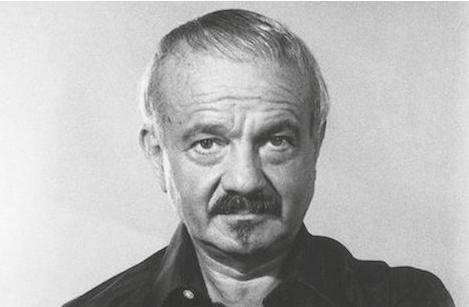
ASTOR PIAZZOLLA
ADAGIO FOR STRINGS SAMUEL BARBER:
Born: March 9, 1910 West Chester, Pennsylvannia Died: January 23, 1981 New York City, New York Work Composed: 1936 World Premiere: November 5, 1938, by Arturo Toscanini conducting the NBC Symphony Orchestra in a radio broadcast from NBC Studio 8H (since 1975 the home of Saturday Night Live) in Rockefeller Center, New York City. Performance History: This work has been played on the Masterworks Series in the 1941, 1950 & 1968. The Orchestra also performed it as part of a memorial service at the Duluth Armory honoring the fallen in World War II on Sunday, March 18, 1945 (Tauno Hannikainen conducting). The Adagio has also been played on Pops concerts featuring film music (in 1990 & 1997) and on a DSSO Chamber music concert led by Taavo Virkhaus at the University of Minnesota Duluth’s Tweed Gallery in 1987. Instrumentation: String Orchestra. Barber’s Adagio for Strings has become a well-known work, heard by millions, many of whom have never heard of Samuel Barber. Yet in 2004 the listeners of BBC’s Today program voted Adagio for Strings as the “saddest classical” work ever, ahead of Gloomy Sunday as sung by Billie Holiday!
Adagio for Strings began life as the second movement of Barber’s String Quartet, Op. 11. Barber composed the quartet in 1936 while spending a summer in Europe with his partner Gian Carlo Menotti. The Adagio, in the quartet, follows a violent first movement and is succeeded by a brief reprise of the first movement that opens the third movement. In January 1938, Barber sent an orchestrated version to conductor Arturo Toscanini, who returned it without comment. Annoyed, Barber later learned from Menotti that Toscanini was planning on performing the work and had returned the score simply because he had already memorized it (Toscanini had eidetic memory). Olin Downes of the The New York Times praised the piece, “It is not pretentious music. Its author does not pose and posture in his score. He writes with a definite purpose, a clear objective and a sense of structure.” He goes on to call it “honest music, by a musician not striving for pretentious eect, not behaving as a writer would who, having a clear, short, popular word handy for his purpose, got the dictionary and fished out along one.”
Because of the solemn mood of the Adagio it has been performed on many public occasions, especially during times of mourning: at the announcements of Franklin D. Roosevelt’s and John F. Kennedy’s deaths. It was played at the funerals of Albert Einstein, Princess Grace of Monaco and Mary Travers (of Peter, Paul and Mary). It was played to honor the victims of the September 11 attacks at Last Night at the Proms in 2001 at Royal Albert Hall and most recently on May 1, 2020, at the digital European Concert by the Berlin Philharmonic, conducted by Kirill Petrenko, for Coronavirus victims. During Barber’s life he commented in an interview, “They always play that piece. I wish they’d play some of my other pieces.” Personally I would comment that, although many of Barber’s other works are indeed brilliant, the Adagio for Strings evokes such profound emotions that one cannot help but be drawn into its meditative state.
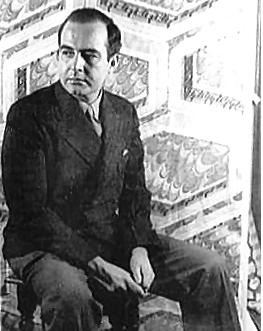
SAMUEL BARBER
SERENADE FOR STRINGS PYOTR ILL’YICH TCHAIKOVSKY:
Born: May 7, 1840, Votkinsk, Russia Died: November 6, 1893, St. Petersburg, Russia Work Composed: 1880 World Premiere: October 30, 1881 in Saint Petersburg, Eduard Nápravník conducting. Performance History: On the DSSO Masterworks Series, only the Serenade’s second and third movements (Waltz and Elegy) have previously been played on March 26, 1954. Instrumentation: String orchestra.
We know so much about Tchaikovsky by reading his letters to his patron and friend Nadezhda von Meck. We can be thankful that she must have been a packrat and kept all those letters. Just imagine if they were emails or texts… In a letter from October 1880 Tchaikovsky wrote to von Meck:
“You can be assured, dear friend, that my muse has been benevolent lately, when I tell you that I have written two long works very rapidly: a festival overture for the upcoming Exhibition [in honor of the Silver Jubilee of Tsar Alexander II, and the completion of the Cathedral of Christ the Savior that was commissioned in 1812 by Tsar Alexander I to commemorate the Russian victory over Napoleon] and a serenade in four movements for string orchestra. The overture [the 1812 Overture] will be very noisy. I wrote it without much warmth and enthusiasm—therefore it has no great artistic value. The serenade, on the other hand, came from an inward impulse. I felt it, and I venture to hope that this work is not wholly lacking in artistic qualities.
Interestingly both pieces are among Tchaikovsky’s most popular and well-known works.
The Serenade for Strings, as it is widely known, opens with an extended fanfare-like chorale that leads into a lively theme. Tchaikovsky describes the first movement, Pezzo in forma di sonatina, as a deliberate imitation of Mozart’s style, although there is really nothing particularly Mozartean about it. Tchaikovsky may have imagined Mozart’s style in the late-19th Century. It is a lively movement that builds in intensity until it concludes with a reflection of the opening chorale. The second movement, Valse, is one of the most beautiful of his many waltzes. Imagine a ballroom filled with the elegantly dressed, uppercrust of Russian society twirling around in huge circles. In some ways it is so understated that we don’t really appreciate its complexity and genius. Tchaikovsky wrote to his publisher about the Serenade, “I am so violently in love with this work and cannot wait for it to be played.” The audience at the premiere responded likewise in demanding an encore of the second movement.
The Elegia is nothing but sheer beauty. Although the moniker Elegia might connote reflection or lament, it sounds more like a pas de deux in one of Tchaikovsky’s ballets. The final movement, Tema russo, employs a Volga boat-hauling song in the introduction and more folk material is used in the first dance-like theme. Tchaikovsky composed the Serenade and the 1812 Overture almost simultaneously and you may detect a few moments of similarity in this movement. Do you remember the opening chorale? Tchaikovsky uses it again, this time as an introduction to the rip-roaring coda providing an arching sense of unity to tie the entire work together.
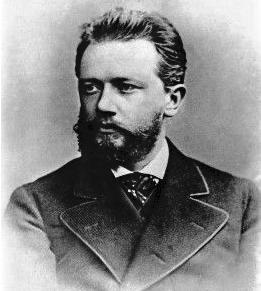
PYOTR ILL’YICH TCHAIKOVSKY
